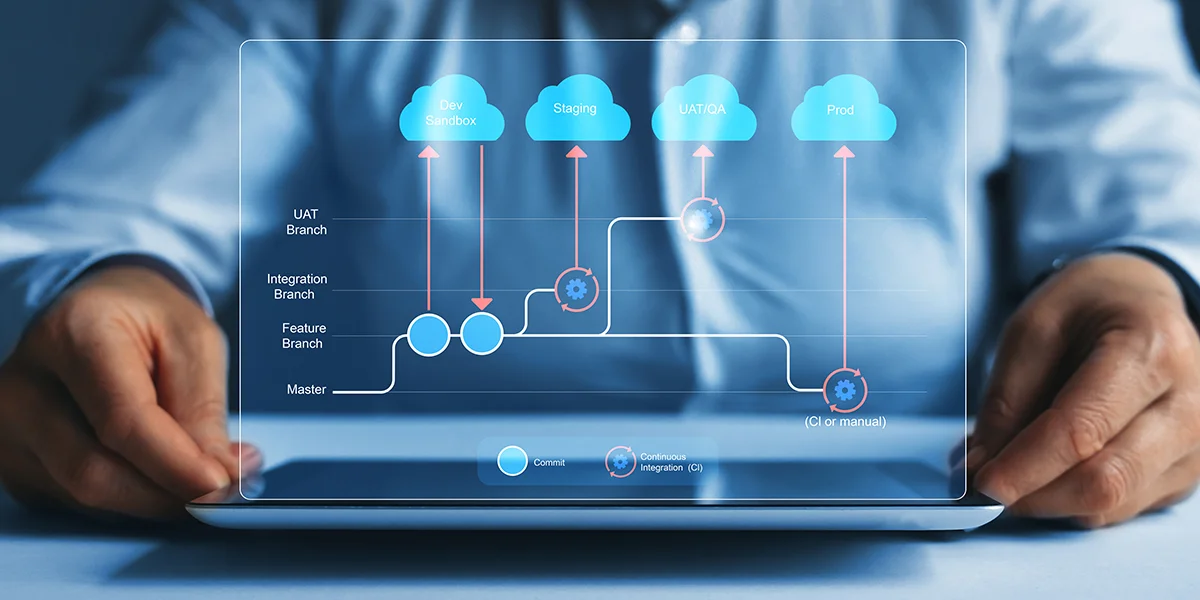Customer care has evolved into a critical aspect of business strategy. As competition increases and consumer expectations rapidly evolve, companies must prioritize exceptional service to maintain their market position.
The Case of NYSEG: A Wake-Up Call
The New York State Electric & Gas Corporation (NYSEG) recently faced an $11.4 million fine for failing to meet its 2023 customer service performance targets. This event not only highlights the importance of accountability in service delivery, but also reminds us how customer care metrics manifest real-world consequences.
"Customer care metrics express themselves as real-world consequences. "
Understanding Customer Care Metrics
In NYSEG’s case, the state evaluated this shortfall against four mandated key performance indicators (KPIs):
- Response Time to Customer Inquiries: This metric measures how quickly the company addresses customer questions and concerns. In any industry, these delays can lead to frustration and dissatisfaction. However, in some spaces—electricity and gas, for example—these delays might also impact safety, habitability and home security.
- Service Restoration Times After Outages: This is crucial for utility companies. Customers expect quick resolutions, especially during emergencies. Extended outages erode customer trust and loyalty.
- Customer Satisfaction Scores: These scores reflect overall customer sentiment and are often gathered through surveys. They provide insights into how well a company meets customer expectations.
- Proactive Communication: Keeping customers informed about service disruptions, restoration times and updates is essential for maintaining trust.
Customer care is not just a soft skill—it’s a measurable, vital component of business operation. While commercial companies and manufacturers may not face fines in the same manner as utility providers, poor customer service almost always entails repercussions, whether loss of customer loyalty, diminished brand reputation or, in the worst-case scenario, a decline in sales.
The High Costs of Deprioritizing Customer Service
Lousy customer care flags itself in multiple ways, often with long-term effects on a business’s bottom line. Negative online reviews deter potential customers. According to a recent survey, 90% of consumers read online reviews before visiting a business. Poor ratings can lead to lost sales opportunities, as consumers opt for competitors with better service reputations.
And in a world dominated by social media, one bad customer experience can quickly go viral and tarnish a brand’s image. This highlights the importance of proactive customer care. Companies need to not only address issues as they arise but also anticipate customer needs and preferences.
Examples of Customer Relationship Excellence
Recently, the best car dealers in the UK were recognized for their outstanding customer service through an anonymous review service. This award recognizes dealerships who prioritize customer experience, offering friendly, knowledgeable staff and efficient service.

One dealership in London was praised for its transparent pricing and dedicated after-sales follow-up. Customers reported feeling valued and informed throughout the buying process, leading to high satisfaction ratings. A commitment to customer satisfaction creates loyal customers. Loyal customers are likely to return for future purchases and will recommend the business to others.
JIRA/Atlassian recently garnered accolades for its exceptional customer support, showing how tech companies can also lead in this space. By providing quick support, comprehensive documentation and a user-friendly interface, Atlassian sets a standard for high service excellence. Their focus on community engagement and user feedback allows them to continuously improve their offerings and strengthen customer relationships.
"While few businesses will face fines for poor customer service, the side effects can be just as damaging."
Defining Good Customer Care in 2024
So, what does good customer care look like?
Several key attributes stand out:
- Accessibility: Customers should be able to reach support at any time. This support does not necessarily need to be live, as long as necessary information can be accessed through multiple channels whenever they need assistance. Responsive phone, chat, email and social media are excellent, but easy access to clear, comprehensive technical documentation or video-based troubleshooting content have both been shown to reduce the need for 24/7 live support. Because most consumers prefer one over the other, companies are advised to offer both.
- Speed and Efficiency: Quick response times are vital. In an age where instant gratification is the norm, customers expect their inquiries to be addressed promptly. Companies should aim to respond to live inquiries within a few minutes rather than hours or days.
- Personalization: Tailoring interactions to meet individual customer needs fosters a sense of value and loyalty. Utilizing data to understand customer preferences and behaviors can greatly enhance the experience. For instance, e-commerce platforms that recommend products based on past purchases demonstrate effective personalization. Customers seeking technical documentation are best served by VIN-, PIN- or serial-specific product information.
- Transparency: Openness over policies, pricing and processes helps build trust. Customers appreciate it when companies are upfront about what they can expect, including potential issues that may arise.
- Continuous Improvement: Collecting and acting on customer feedback is crucial for evolving customer care practices. Companies that regularly solicit input are more likely to adapt and improve their service. Surveys, focus groups and online reviews can provide valuable insights into customer perceptions. Companies might also gather important data by leveraging systems which track the journey and success rate of all inquiries.
- Employee Empowerment: Employees who feel empowered to make decisions can often resolve customer issues more effectively. Training staff to handle inquiries confidently—and granting them the authority to make small concessions—often leads to quicker resolutions and happier customers.
In a world where customer expectations are continually rising, the above examples of customer care excellence—whether from car dealers in the UK or tech giants like JIRA—serve as a benchmark. However, the recent case of NYSEG reveals the essential value of accountability. While businesses may not face fines for poor customer service, the side effects can be just as damaging.

A proactive approach to customer care—leveraging technology and data to enhance the customer experience—makes a significant difference. By investing in robust support systems, training staff and prioritizing customer satisfaction, businesses can cultivate loyalty and ultimately drive growth.
The Role of Technology in Customer Service
 Artificial intelligence (AI) and machine learning (ML) offer tools to analyze customer data, predict needs and automate responses. Chatbots, for instance, can handle routine inquiries, freeing up human agents for more complex issues. It takes balance and sensitivity: customers still crave human interaction for more nuanced problems.
Artificial intelligence (AI) and machine learning (ML) offer tools to analyze customer data, predict needs and automate responses. Chatbots, for instance, can handle routine inquiries, freeing up human agents for more complex issues. It takes balance and sensitivity: customers still crave human interaction for more nuanced problems.
Businesses can utilize customer relationship management (CRM) software to track interactions and tailor services. This ensures that when customers reach out, representatives have the context needed to provide informed assistance.
Customer Care: Looking Ahead
As the business landscape evolves, customer care remains a vital component of any successful strategy. By adapting to emerging trends and leveraging technology, businesses can create a customer experience that not only meets but exceeds expectations.
Companies that understand the value of exceptional service—who observe customer behavior patterns, learn from both positive and negative feedback and continuously strive for improvement—will thrive in this competitive landscape.



